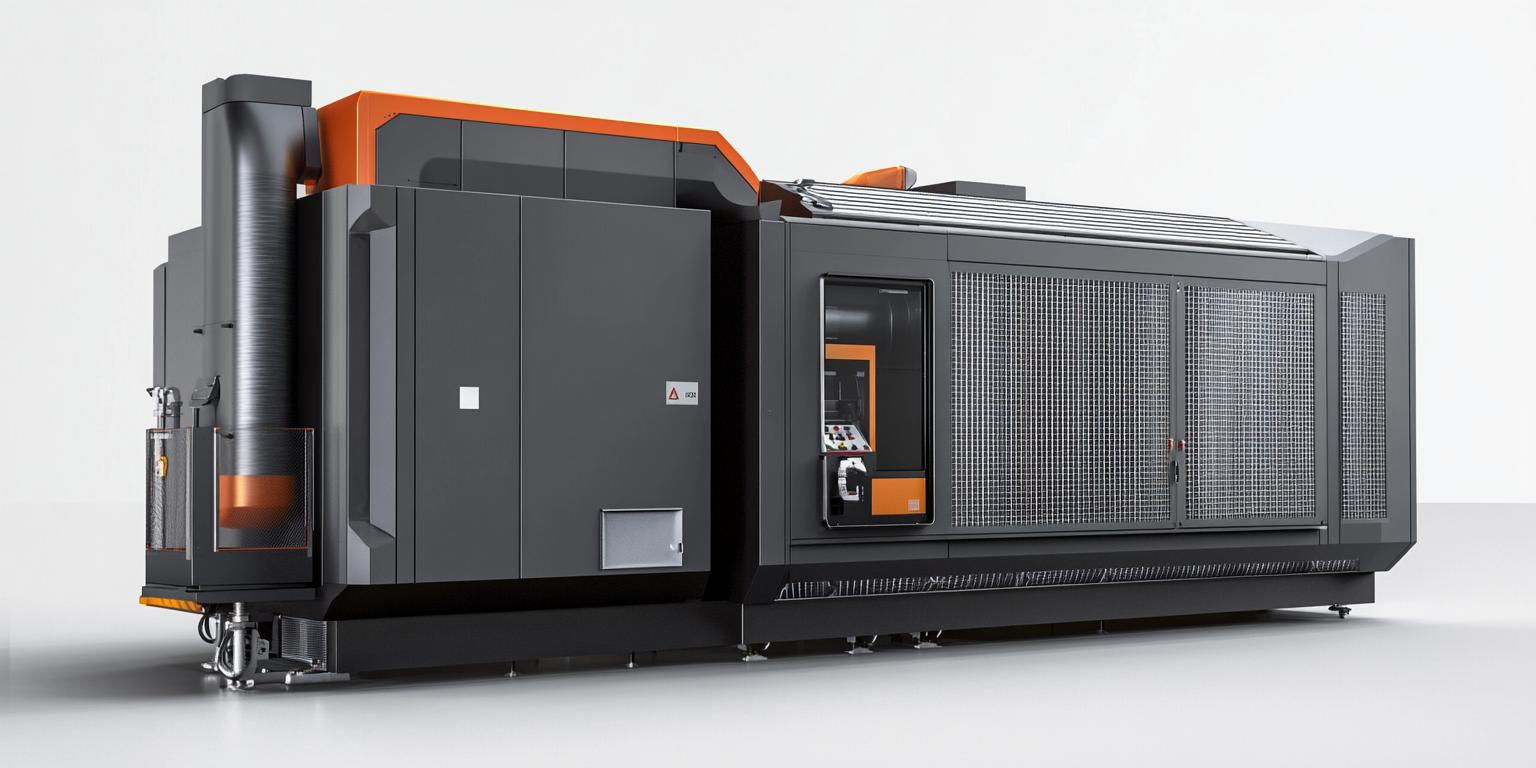
Graphite machining presents unique challenges due to the high brittleness of the material, often leading to common defects such as rough surfaces, burrs, and tool breakage. In this article, we will explore how PCD (Polycrystalline Diamond) tools can effectively address these issues, reducing chipping and extending tool life.
When it comes to machining high - brittle materials like graphite, tool material selection is crucial. PCD tools are made from a polycrystalline diamond layer, which offers excellent hardness and wear resistance. This unique material property significantly reduces the risk of chipping when cutting graphite. Compared with traditional carbide tools, PCD tools can withstand the high stress generated during the machining of high - brittle materials, ensuring a more stable cutting process.

Achieving stable cutting in graphite machining requires proper setting of key parameters such as cutting speed, feed rate, and spindle speed. For example, a higher cutting speed can improve the machining efficiency, but it may also increase the risk of tool wear. On the other hand, a lower feed rate can reduce the cutting force, which is beneficial for reducing chipping. However, it may also lead to a longer machining time.
To match different working conditions, engineers need to adjust these parameters accordingly. For instance, when machining large - size graphite parts, a relatively lower cutting speed and higher feed rate may be more appropriate. In contrast, for small - size and high - precision parts, a higher cutting speed and lower feed rate should be used. The following table shows some typical parameter settings for different graphite machining scenarios:
| Working Condition | Cutting Speed (m/min) | Feed Rate (mm/r) | Spindle Speed (r/min) |
|---|---|---|---|
| Large - size parts | 100 - 150 | 0.1 - 0.2 | 3000 - 5000 |
| Small - size and high - precision parts | 150 - 200 | 0.05 - 0.1 | 5000 - 8000 |
The wet flushing system plays a core role in graphite machining. Firstly, it helps to control the temperature during the cutting process. Graphite machining generates a large amount of heat, which can cause thermal deformation of the tool and the workpiece. The wet flushing system can effectively dissipate heat, ensuring the stability of the machining process.
Secondly, it can remove chips in time. Graphite chips are very fine and can easily adhere to the tool and the workpiece, affecting the machining quality. The wet flushing system can wash away these chips, keeping the cutting area clean. Moreover, it also protects the equipment from damage caused by chips. The DC6060G machine tool with a full - sealed design is an excellent choice in combination with the wet flushing system. Its full - sealed design can prevent chips from entering the internal parts of the machine, reducing the failure rate by more than 40% based on actual test data.

To help you further improve your graphite machining skills, we have prepared a 'Graphite Machining Common Mistakes Self - Check List'. This list includes common mistakes such as improper tool selection, incorrect parameter settings, and ineffective cooling methods. By referring to this list, you can quickly identify and correct potential problems in your machining process. We encourage you to save and reuse this list for future reference.
In conclusion, PCD tools, combined with proper parameter settings and a wet flushing system, can effectively solve the pain points in graphite machining. If you want to learn more about advanced graphite machining solutions, click here to explore our comprehensive graphite machining technology resources.


